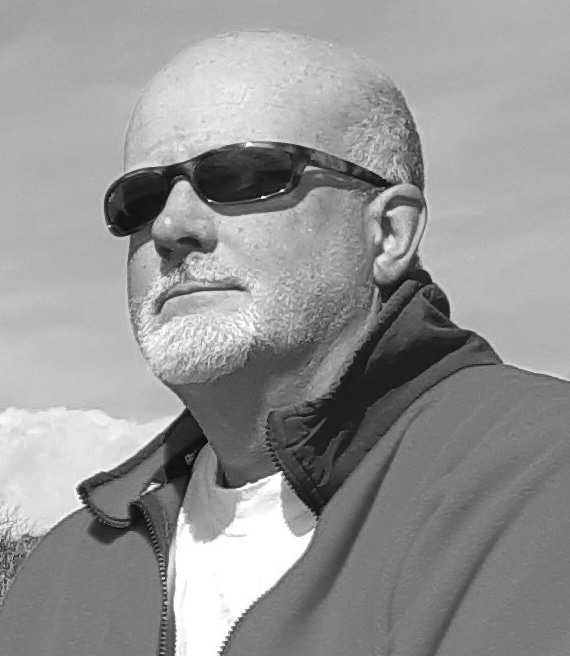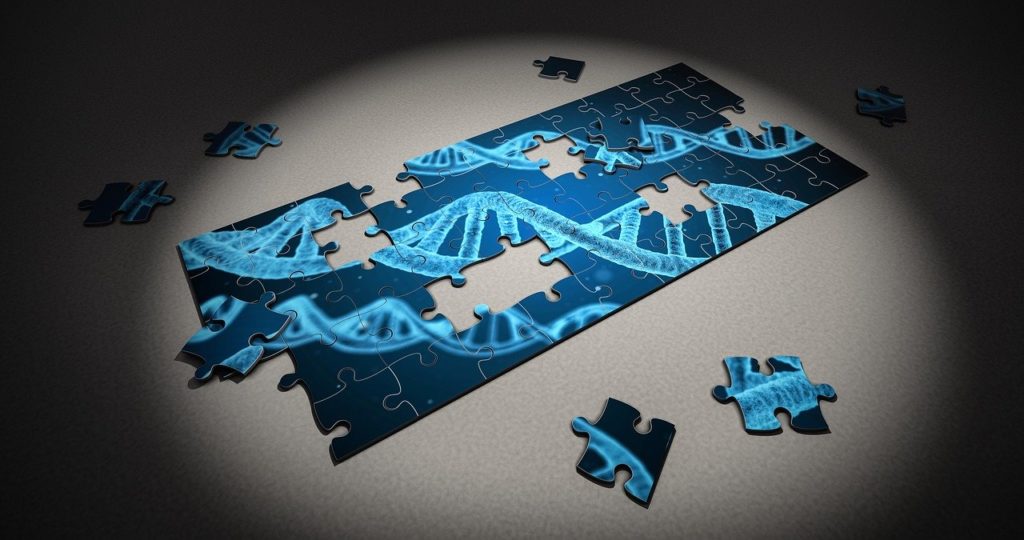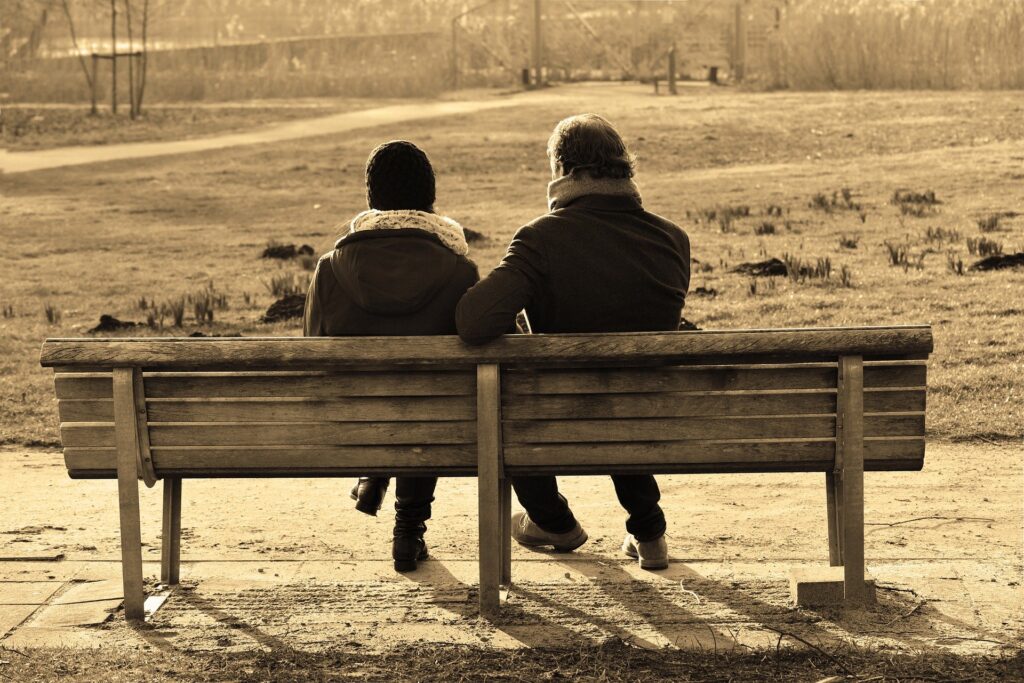
The DNA of West Cork People
Mark Grace is a genetic genealogist and family historian at Ballynoe House, Ardfield, Co. Cork

You have your DNA test results. What are your next steps?
In the previous article we looked at ‘ethnicity’, often the first thing people look at. It turns out that concept is not a simple one. The other part of your result consists of a list of DNA matches in decreasing order.
At this stage it is necessary to introduce terminology. No apologies for this, as it is important to have the basics. They will crop up in future articles. Fortunately, there is no need to panic or get a degree in genetic science. Most should be a simple ‘OK, noted’ after which you can forget the detail. There are few things you need to remember. As understanding increases, you can get into the finer detail.
Both my sister and I have tested with Ancestry. Ancestry’s focus is not genetic genealogy so you will only get the basic unverified match result from them. Fortunately, you can download your raw DNA file from their site and do more with it. The good thing is that if you have a basic family tree and assign your DNA result to yourself in your tree, Ancestry’s ThruLines algorithm will try to connect you to other people using matches and trees in their database. You should try to build out a four-to-six generation family tree to get the most out of this, which will the natural limit for anyone using church records in West Cork. The algorithm is not perfect, so a guide only. It far too easily latches on to similar names, especially those of Irish origins.
Naturally, my sister is my top match. It says 2,492cM; 44-51 per cent shared DNA. The values are in the range expected for a full sibling based on one copy of the DNA (you have two copies). The match in detail says 2,492cM across 44 segments. By clicking on ‘Shared Matches’ it provides a list of over 100 testers who share matches with us. If you tested twice you would match yourself at over 3,100cM.
Segments are easy to understand, since these are just sections of DNA shared by both of us and show our common ancestry. cM is not centimetres but centiMorgans, named after geneticist Thomas Hunt Morgan. The centiMorgan corresponds to an average of one million base pairs of DNA in humans (also known as a mega-base pair). Humans have 6,200 mega-base pairs across 22 chromosomes (including both copies) but matching is based on just one, hence 3,100cM is a 100 per cent match to yourself. A more convenient unit of measure is helpful. For the sake of this article, it is worth knowing that centiMorgans define more than this but for the beginner it is simply a section of DNA on a chromosome.
MyHeritage provides a slightly different result; 36.5 per cent shared DNA (2,587cM) over 40 shared segments, with the largest segment 223cM.
So, what does this match look like? Testing companies, such as MyHeritage, are more helpful to the needs of genetic genealogy and provide a chromosome browser that provides a convenient display of where these match are. The image shows as purple segments, where my sister and I share DNA. You will note the chromosomes are numbered one to 22 based on size.
Assuming you want to investigate your DNA matches in more detail, there are some rules of thumb:
• ‘DNA Never Lies’. It is critical to have an open mind and start from the very beginning, even if you have spent decades building a comprehensive family tree based on paper. It is true that while DNA never lies; people and paper do.
• Work forensically and assume nothing. You have become a DNA detective, so work as if you are solving a murder mystery. Your DNA findings may support and underpin your family tree, but do not let your paper family tree influence the evidence you unearth. One of the biggest pitfalls in all forms of family history (using paper or DNA) and in scientific investigation is the self-fulfilling prophesy. Just because you found one result that matches does not mean it is the right one. Look for further corroborating evidence.
• Basic questions. Before you delve into more complex relationships, you must ask if your DNA result matches your immediate family, if known. Are you related to both your parents and do your siblings share that relationship?
• Build the best dataset you can. The younger generation can build a ‘golden dataset”’ including willing parents, grandparents, aunts or uncles, and siblings (even a great grandparent or two). Hard data becomes the foundation a what will become a lifetime of research. If you have few or no living parents or grandparents, the proof of your ancestry lies in your DNA matches. In my case, my sister’s DNA result proved that we share the same parents. Both of us, and my wife have DNA connection through all four grandparents, proving that our parents were their children. The same principle applies as you work back through all your family lines from each of your family members.
• Work from the top down. Ancestry provides a list of more than 12,370 matches for me. Your closest matches will share the largest amount of DNA with you and be the easiest to tie into your tree as proven relations. I have reviewed more than 10,000 of mine but fewer than a couple of hundred are proving useful so far.
• Keep Notes. Most match lists allow comments and notes. Unless you know of a connection, have a large family tree or significant list of matching segments, there is little value when you are starting out to review your smaller matches. You are doing well if you tie in your top 50.
• Share Your Result. Some have privacy concerns (to be discussed in a future article) but sharing your result will help your research and help others. Several testing companies take uploads of your raw DNA file for free, although the activation of some services may require a fee. GEDmatch is a free service that takes uploads from all testing companies and allows connections to people who have tested anywhere using their verification tools not available on testing websites.
Sadly, researching your family history in many parts of Ireland has its limits due to the lack of early church records to build a family tree beyond the earliest part of the C19th. This means that chasing even moderate DNA matches can conclude that the connection is in a timeframe before records began and you may find the top 20 or 30 matches are the most you can use to build your database. This means you may find several third cousins and maybe a few fourth cousins, if you are lucky, but that will be about it. This can apply to strong matches that due to inheritance appear to have a lot more in common with you, but your common ancestors were married just a few years before church records.
Are you ready to become your own DNA detective? In future articles, I will be discussing some of my West Cork projects.
For any questions that can be answered as part of future columns (genealogy@creativegraces.net) or follow the West Cork DNA projects, based on my wife’s DNA and that of her genetic cousins, on Facebook ‘My Irish Genealogy & DNA’.





